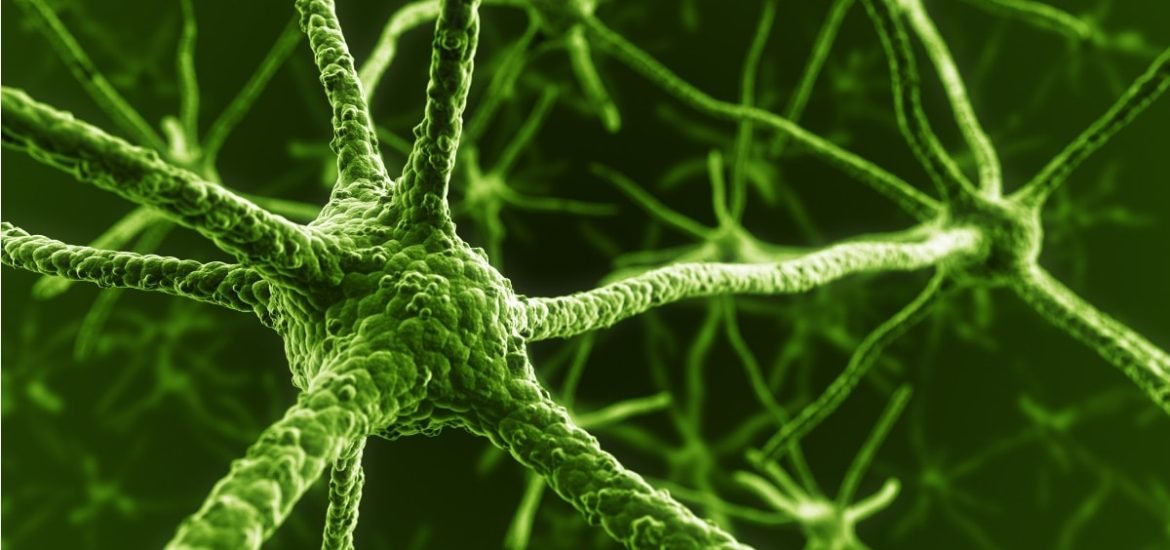
For the first time, reprogrammed cells have been implanted into the brain of a patient with Parkinson’s disease. Prof Jun Takahashi and his team at Kyoto University reprogrammed skin cells collected from an anonymous donor to become induced pluripotent stem cells (iPSC) ― with the ability to differentiate into any cell specialized type (1) ― and finally, coaxed them into becoming dopamine precursor cells to replace those that have been lost. Approval to test the therapy was granted at the end of July this year and in October, the dopamine precursor cells were implanted in the brain of a patient with Parkinson’s in his 50s.
Parkinson’s is a devastating neurodegenerative disease that causes programmed cell death, or more specifically, apoptosis of dopaminergic neurons. The resulting lack of dopamine leads to reduced motor skills that can cause difficulty walking and uncontrollable trembling. Doctors and scientists hope to improve some of the symptoms of Parkinson’s by injecting the iPSC-derived neurons, previously shown to improve symptoms in primates (2). So far doctors have reported that the patient is doing well and no serious adverse reactions have been observed. If all goes well, they hope to implant another 2.4 million dopamine precursor cells into the brain of patient zero. Six additional patients are scheduled to receive the treatment before 2020 and there are whispers of the treatment being sold to patients as early as 2023.
Parkinson’s is not the only target for potential therapies using iPSCs. Retinal cells derived from iPSCs are part of an ongoing clinical trial to treat age-related macular degeneration (AMD) and only one adverse reaction has been reported (3). Other researchers are attempting to reprogramme non-neuronal cells ― such as astrocytes which are abundant in the brain even in disease or after injury ― into neurons to treat brain damage, stroke, and neurodegenerative conditions. But they are using a different method as a potential alternative to transplanting stem cells ― injecting a harmless virus into the brain that infects astrocytes and introduces DNA encoding for NeuroD1, a transcription factor that activates genes typically expressed in neurons.
The in vivo reprogramming technique is currently being tested in animal models. Preliminary results presented by several research groups at a Neuroscience conference last week have shown that reprogrammed astrocytes help rodents recover movement after stroke. Swedish researchers have also reported restored motor function in a mouse model of Parkinson’s disease by reprogramming astrocytes into dopamine-producing neurons.
However, many questions still remain. In particular, do reprogrammed cells act the same as the neurons that have been lost? Many researchers remain sceptical that these neural newcomers will mature and function normally. Moreover, animal models often do not accurately predict human outcomes. Nonetheless, the new trial in Japan, as well as recent research findings, offer a glimmer of hope to patients with Parkinson’s disease and other devastating neurodegenerative disorders.
(1) Kikuchi T. et al. Human iPS cell-derived dopaminergic neurons function in a primate Parkinson’s disease model. Nature (2018). DOI: 10.1038/nature23664
(2) Takahashi K. and Yamanaka S. Induction of Pluripotent Stem Cells from Mouse Embryonic and Adult Fibroblast Cultures by Defined Factors. Cell (2006). DOI: 10.1016/j.cell.2006.07.024
(3) Normile D. iPS cell therapy reported safe. Science (2017). DOI: 10.1126/science.355.6330.1109